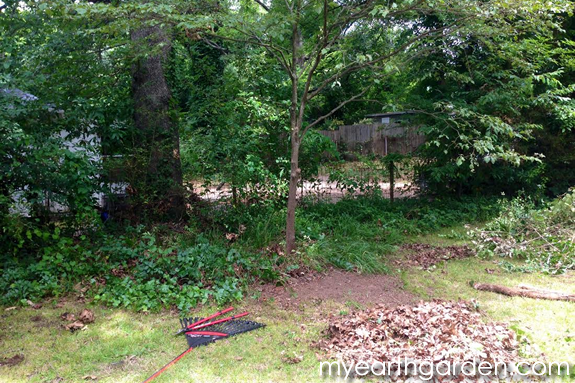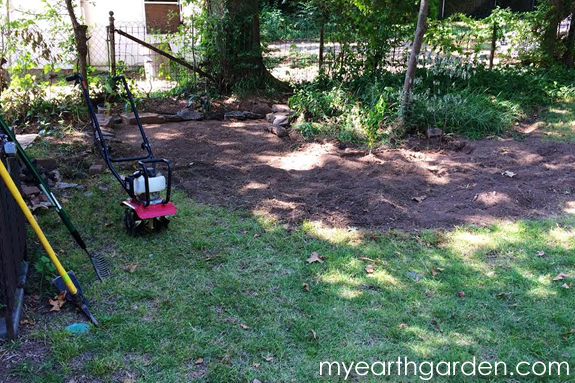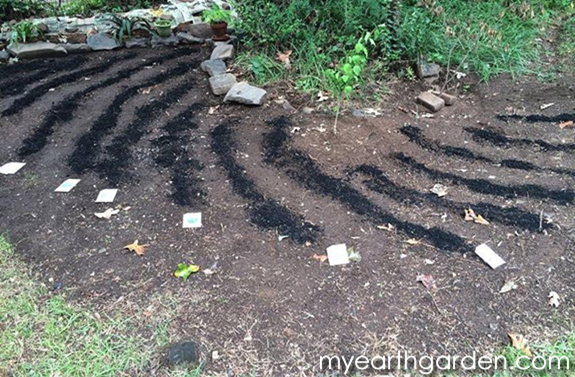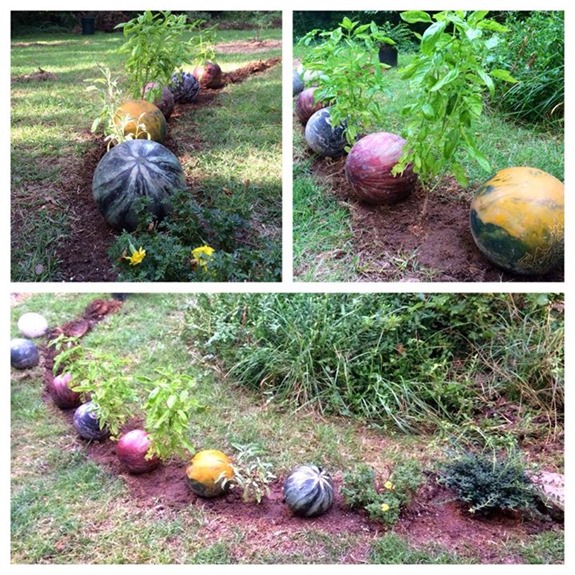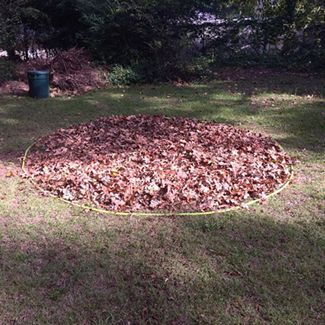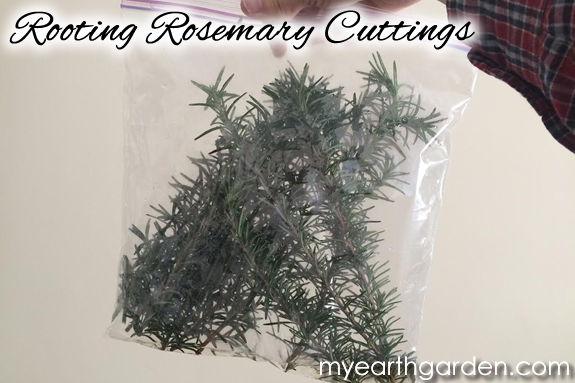
I am, was, and always will be a fan of Mongolian Beef & Broccoli. That perfect marriage of tangy, sweet, salty, chewy… it’s just a wonderful thing. Sure, I know it isn’t “health food” by any stretch of the imagination, but it’s delicious and satisfying, and making it at home you can be sure of everything that goes into it.

It took me years to mimic the flavor of P.F. Chang’s Mongolian Beef sauce recipe, but once I got the sauce right, it was right. For this recipe though, I’m changing things up just a bit from the norm. Usually I would present a recipe and offer up options for vegetarians or vegans. This time, I’m giving you a complete recipe that is ready for vegans, and then giving the options for meat eaters.
 The miracle that made this plant-based recipe possible was a product by the gardein company. In this case, it was their Sizzling Szechuan Beefless Strips. It comes with a premade sauce packet inside, but I wanted to stir things up and see just how well this particular product was going to work in a recipe that I worked long and hard to get just perfect. To be honest, I was skeptical.
The miracle that made this plant-based recipe possible was a product by the gardein company. In this case, it was their Sizzling Szechuan Beefless Strips. It comes with a premade sauce packet inside, but I wanted to stir things up and see just how well this particular product was going to work in a recipe that I worked long and hard to get just perfect. To be honest, I was skeptical.
I am very happy to report that the gardein product not only worked well in this dish, it was convincingly meaty, with a texture and appearance that would satisfy anyone.
- ½ cup soy sauce
- ½ cup water
- ¾ cup dark brown sugar
- 2 teaspoons vegetable oil
- 1 tablespoon garlic, minced
- 2 Tablespoon corn starch, dissolved in ¼ cup cool water
- 2 large green onions, chopped
- 1 package Gardein Sizzling Szechuan Beefless Strips (sauce packet removed)
- 1 pound broccoli crowns
- Cook the Beefless Strips according to package instructions.
- To make the sauce, heat vegetable oil and saute garlic in a small pan for 60 seconds over medium heat.
- Add soy sauce, water, and brown sugar and stir to combine fully. Bring to a boil and reduce heat to medium low. Allow to reduce for 2-3 minutes, then turn off the heat and stir in the corn starch to thicken.
- Steam broccoli crowns for 8-9 minutes until just tender.
- When Beefless Strips are cooked, toss them in sauce, and and pour the remainder over the broccoli, tossing to coat.
- Plate broccoli topped with Beefless Strips, a add a handful of chopped green onion just before serving.
Add the steak slices to the bag and shake to fully coat. Allow to remain in the corn starch until you are ready to fry them. Fry for a couple of minutes until brown, stirring to cook evenly. Drain on paper towels.



 The nearest grocery store is 2 miles away from my address and it lacks decent fresh produce on a good day. The nearest food options that are 1 mile or less are fast food chains, neither of which would be classified as a grocery store, farmers’ market, or healthy food provider. If I didn’t have a car, I would be limited to the use of mass transit. As you can see from the image above, that trip via bus would take about 30 minutes, not including the time it took to walk to the bus and wait on the bus (both ways). Don’t forget that you’re riding the bus, so you can only buy what you can carry. And if the weather is bad or the bus is just late? Sucks to be you.
The nearest grocery store is 2 miles away from my address and it lacks decent fresh produce on a good day. The nearest food options that are 1 mile or less are fast food chains, neither of which would be classified as a grocery store, farmers’ market, or healthy food provider. If I didn’t have a car, I would be limited to the use of mass transit. As you can see from the image above, that trip via bus would take about 30 minutes, not including the time it took to walk to the bus and wait on the bus (both ways). Don’t forget that you’re riding the bus, so you can only buy what you can carry. And if the weather is bad or the bus is just late? Sucks to be you.










